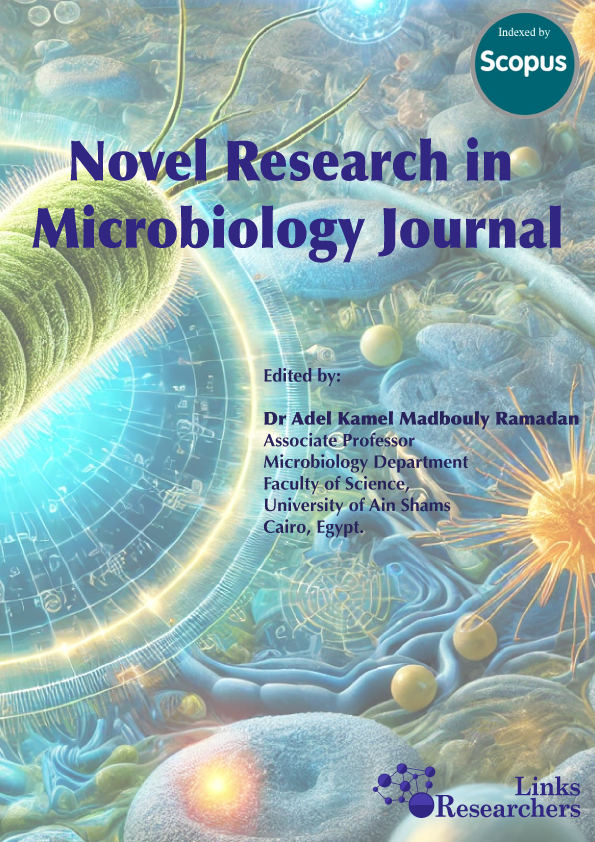The maintenance of human health and the development of disease are both significantly
influenced by the gut microbiota. The development of omics technologies improves the
understanding of the gut microbial ecosystem. Metagenomics has emphasized the diversity of
the gut microbiome; however, it does not provide reliable insight on the dark matter of
microorganisms or the minor populations. As a result of the rebirth of cultural techniques in
microbiology; the field of "culturomics" is created to cultivate the unidentified bacteria that
reside inside the human gut. In the 21st century's discipline of clinical microbiology; microbial
culturomics becomes a promising strategy that may be used to cultivate hundreds of novel
microorganisms linked to human; thus, opening new insights on the host-microbial
relationships. Novel taxa and species will be detected by optimizing the culture conditions;
followed by quick identification using mass spectrometry or molecular next generation
sequencing. Culturomics of the human gut microbiota can be used as a bactriotherapy for the
inflammatory bowel diseases and the respiratory illnesses like COVID-19, and as an
immunomodulatory agent for cancer therapy. Furthermore, culturomics is a big store for
discovering new antibacterial agents and resistance genes. The aim of this review was to
highlight the background; methodologies, and future use of culturomics to study the human
gut microbiota.





